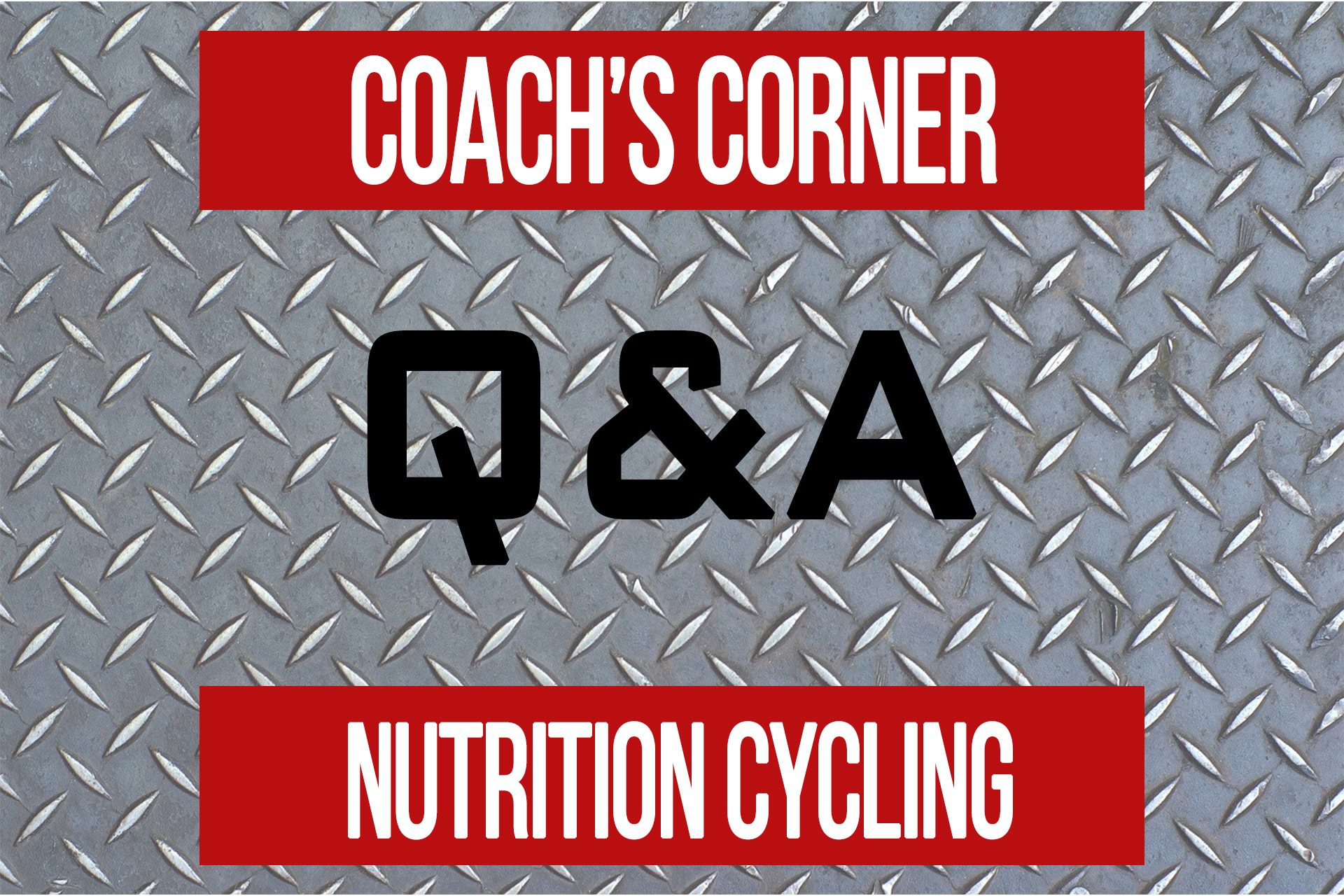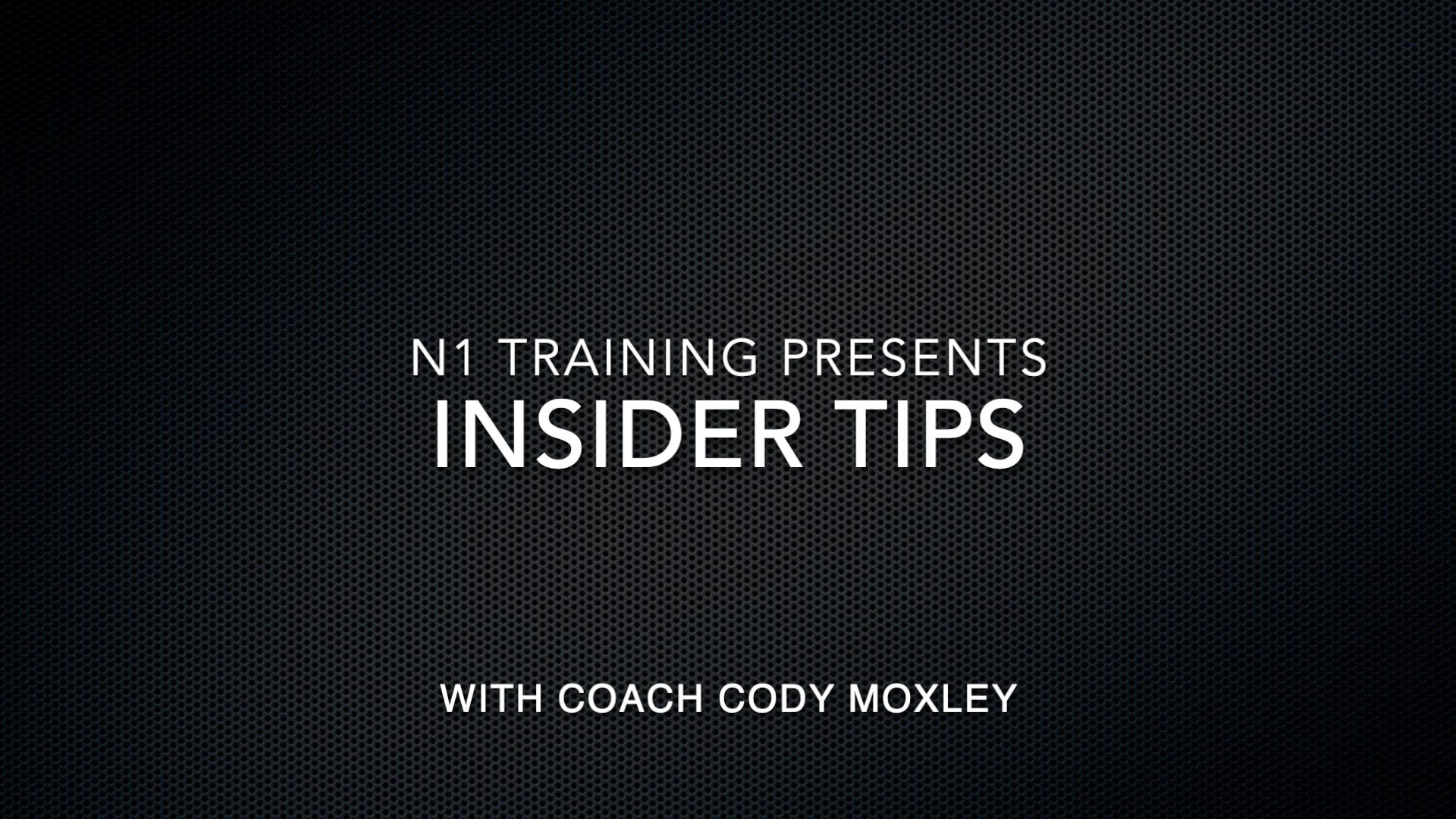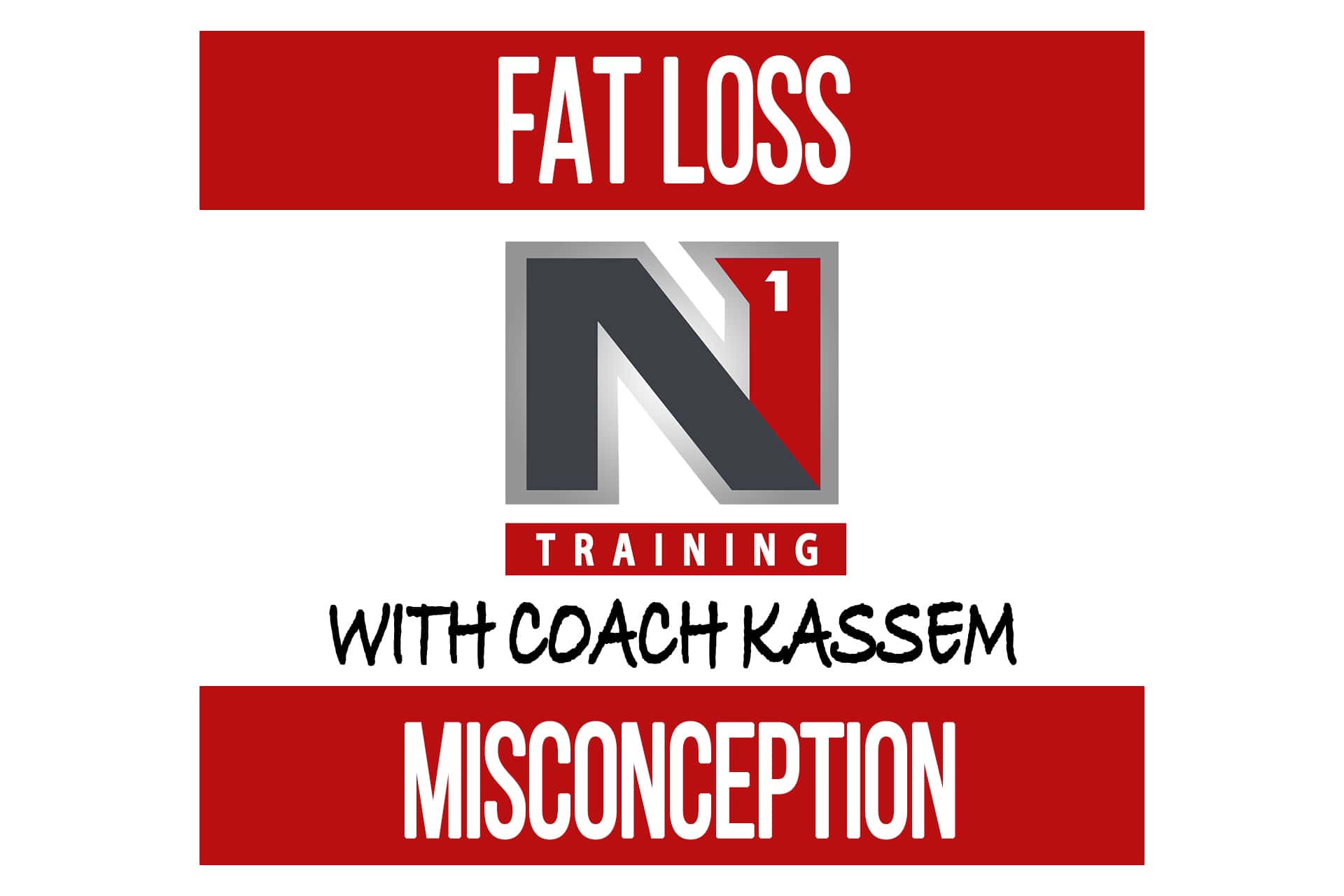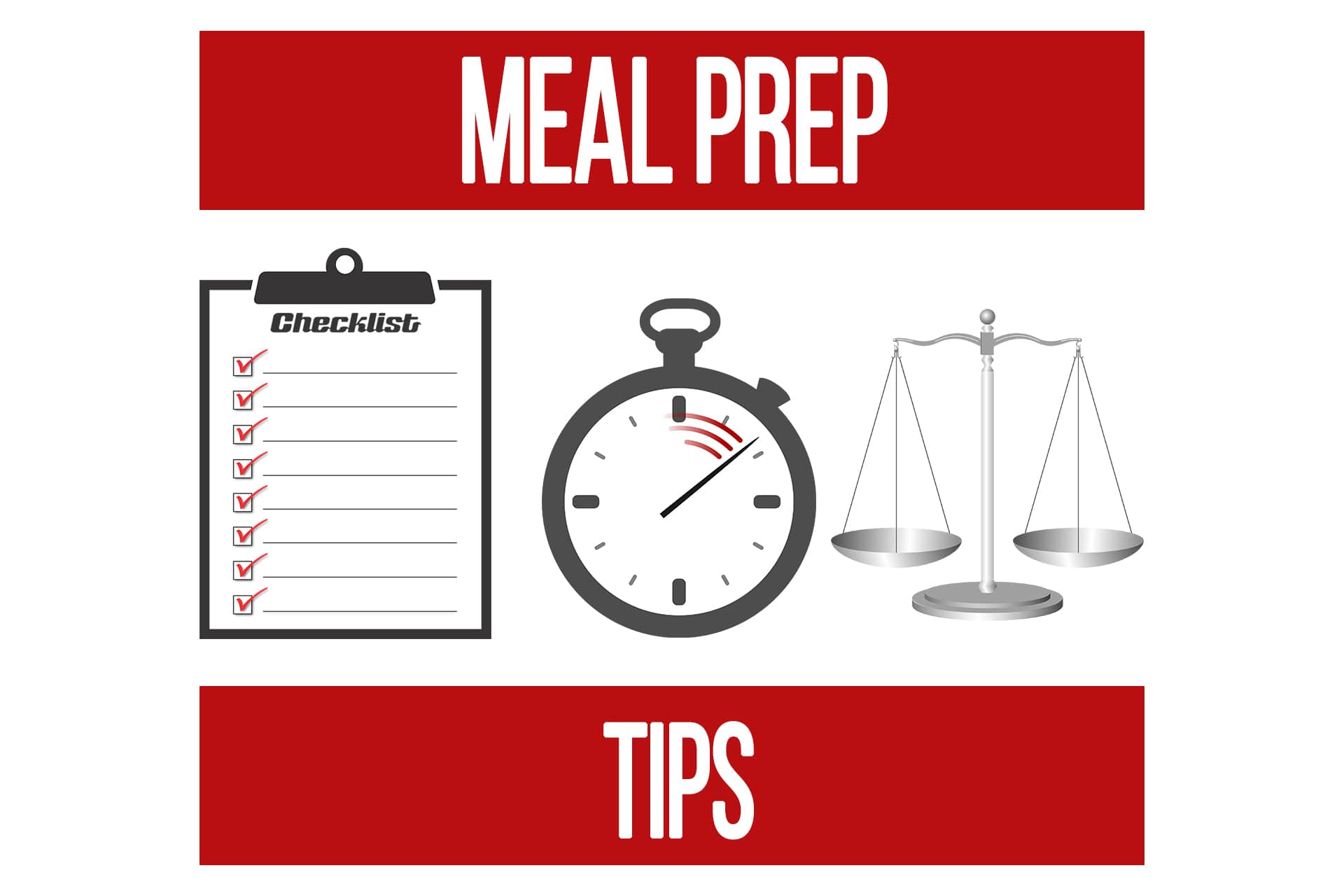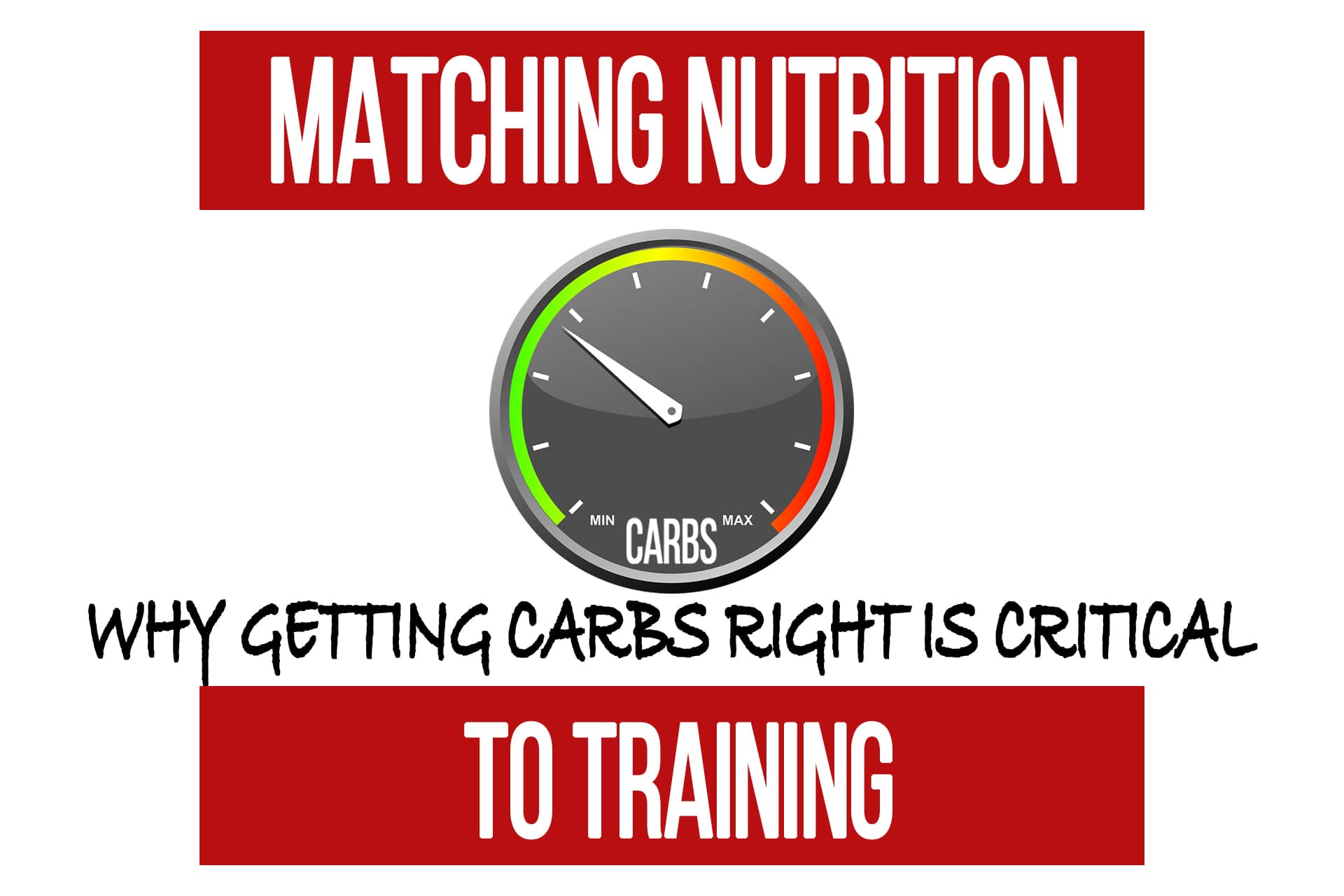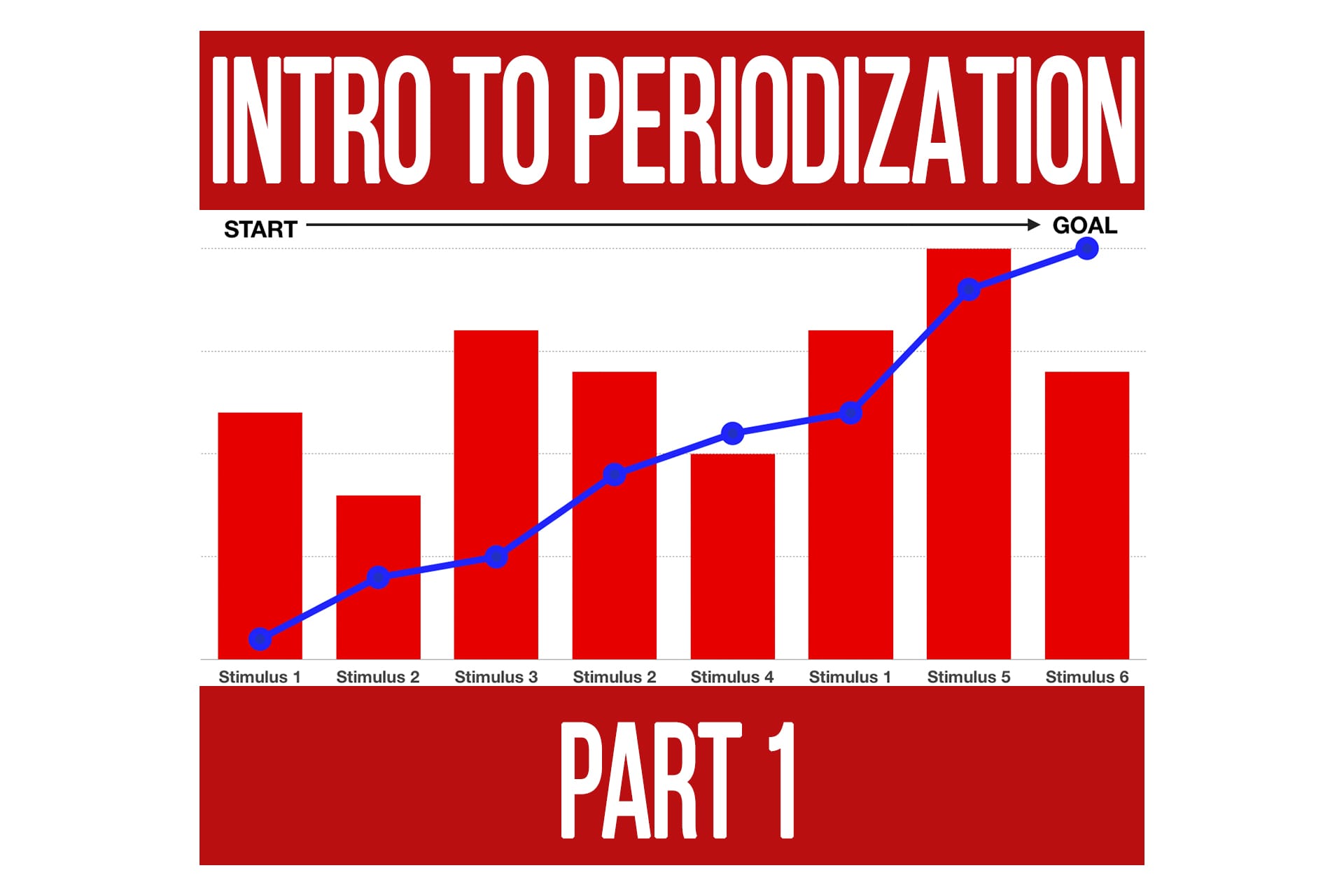Do You Need A “Diet Break”?
n1 training
What is a “diet break”? Simply put, it is a short period (usually 5-14 days) during a multi-week fat loss program during which you bring calories back up to or above what the estimated maintenance calories are for the individual. Usually it also can involve having a bit more freedom in food selection.
Implementing a “diet break” is a relatively common practice in contest preparation or for longer-term fat loss programs in general. The reasoning for utilizing a diet break revolves around two ideas:
- It provides a psychological break for the client who now gets to have a little more satiety and perhaps a few “cheat foods” to help them stay motivated and compliant when going back to the caloric deficit.
- The higher calories are thought to help mitigate metabolic rate slowing down due to being in a caloric deficit for an extended period of time, thus making it easier to keep losing fat without having to use super low calories and potentially causing metabolic dysfunction.
The first point has validity. Some people need a mental break from rigidity in their schedule and meals and it can help them with compliance during the rest of the program.
However, with a bit of creative planning and culinary knowledge there is no reason to get bored with a meal plan. If you are good at managing macros (understanding what foods you can easily swap for almost the same nutritional values) and know your way around the spice cabinet there are endless possibilities.
The second point has some merit if we’re ONLY looking at calories affecting metabolism over time.
As you are well aware though, training also plays a massive role here. Especially if you’re following a well-written program that is designed for specific stimuli.
Training stimuli significantly impact not only macronutrient demands but caloric demands and hormones to a degree as well. Energy balance certainly plays a major part in changes in body composition, but the training stimulus can greatly influence things like nutrient partitioning and hormonal responses that can complement or compete with your goal.
If the nutrition is properly matched to the training stimulus and the program is periodized appropriately a “diet break”, as traditionally used, is not necessary. You may switch to a different training program that is better suited for nutrient partitioning and bring calories up during that stimulus as a means to avoid suppressing metabolism with an extended deficit.
As long as the energy deficit is not excessive, consecutive multi-day re-feeds should generally not be needed, unless you are employing a carb cycling approach (which only works for certain stimuli and shouldn’t be used with every type of training) Watch the video linked below this article for more on that.
Point being, nutrition manipulation for a long term goal is not just as simple as moving calories up or down. If it were that simple, everyone and anyone could get lean by staying in a deficit and maybe having a “diet break” every few weeks.
This is why we invested so much time and effort into constructing the N1 Training Program nutrition calculators for each individual program. They are not only designed for you to individualize it to your goals, but they are specific to the stimuli as well.
Learning to pair the nutrition with the training is one of the key principles in the Nutrition & Program Design course we provide for personal trainers and online coaches to enhance their skills and get better results with their clients while increasing compliance and success rate.
What Is A "Diet Break"?
A diet break is a short period (usually 5-14 days) during a multi-week fat loss program during which you bring calories back up to or above what the estimated maintenance calories are for the individual. Usually it also can involve having a bit more freedom in food selection.
Implementing a “diet break” is a relatively common practice in contest preparation or for longer-term fat loss programs in general. The reasoning for utilizing a diet break revolves around two ideas:
- It provides a psychological break for the client who now gets to have a little more satiety and perhaps a few “cheat foods” to help them stay motivated and compliant when going back to the caloric deficit.
- The higher calories are thought to help mitigate metabolic rate slowing down due to being in a caloric deficit for an extended period of time, thus making it easier to keep losing fat without having to use super low calories and potentially causing metabolic suppression.
Point #1
The first point has validity. Some people need a mental break from rigidity in their schedule and meals and it can help them with compliance during the rest of the program.
However, with a bit of creative planning and culinary knowledge there is no reason to get bored with a meal plan. If you are good at managing macros (understanding what foods you can easily swap for almost the same nutritional values) and know your way around the spice cabinet there are endless possibilities.
Point #2
The second point has some merit if we’re ONLY looking at calories affecting metabolism over time.
As you are well aware though, training also plays a massive role here. Especially if you’re following a well-written program that is designed for specific stimuli.
Training stimuli significantly impact not only macronutrient demands but caloric demands and hormones to a degree as well. Energy balance certainly plays a major part in changes in body composition, but the training stimulus can greatly influence things like nutrient partitioning and hormonal responses that can complement or compete with your goal.
If the nutrition is properly matched to the training stimulus and the program is periodized appropriately a “diet break”, as traditionally used, is not necessary. You may switch to a different training program that is better suited for nutrient partitioning and bring calories up during that stimulus as a means to avoid suppressing metabolism with an extended deficit.
As long as the energy deficit is not excessive, consecutive multi-day re-feeds should generally not be needed, unless you are employing a carb cycling approach (which only works for certain stimuli and shouldn’t be used with every type of training) Watch the video linked below this article for more on that.
A Better Way
The purpose of this article is not to say that using diet breaks is wrong, but rather that as you learn more about physiology and program design you’ll find better ways of achieving continued progress long-term.
Nutrition manipulation for a long term goal is not just as simple as moving calories up or down. If it were that simple, everyone and anyone could get lean by staying in a deficit and maybe having a “diet break” every few weeks.
This is why we invested so much time and effort into constructing the N1 Training Program nutrition calculators for each individual program. They are not only designed for you to individualize it to your goals, but they are specific to the stimuli as well.
Learning to pair the nutrition with the training is one of the key principles in the Nutrition & Program Design course we provide for personal trainers and online coaches to enhance their skills and get better results with their clients while increasing compliance and success rate.
N1 Insider Tip #14 Strategies for Breaking a Fat Loss Plateau
videoBody Composition Insider Tips Nutrition TrainingMatching Nutrition to Training: Getting the Carbs Right
articleBody Composition Foundation FREE Nutrition Program Design
Popular Pages
Learn & Train With Us
Add N1 Training to your Homescreen!

Please log in to access the menu.
